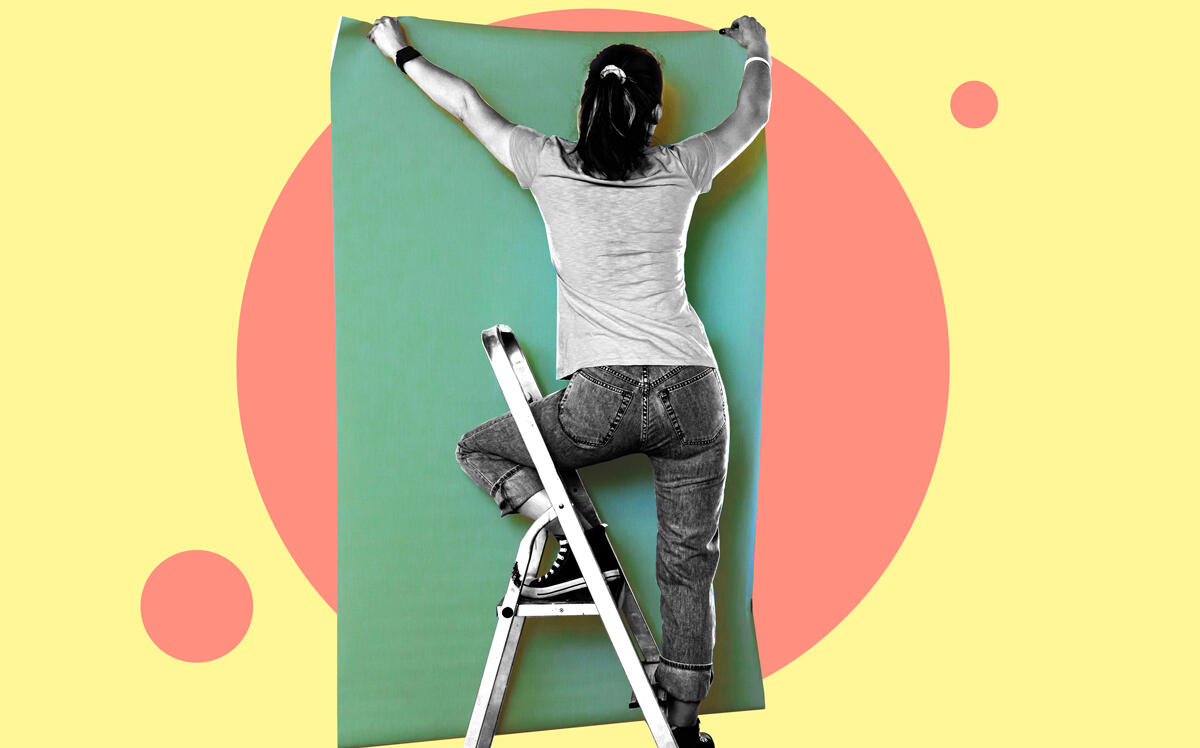 Housing affordability hits 33-year low
Housing affordability hits 33-year low
Trending
Renters taking renovations into their own hands
Tenants making temporary changes as homeownership stays out of reach

Renters are venturing where they’ve rarely been before: Home Depot.
Tenants are making renovations to their properties in recognition of the fact they may not be able to afford buying a home for some time, the Wall Street Journal reported. Housing affordability has declined with rising prices and mortgage rates, making it harder for tenants to follow any homeownership dreams.
As a result, tenants are doing some DIY renovations of their rental properties. That’s typically been a nonstarter for tenants, who don’t want to spend money on changes not built to last and don’t want to run afoul of their landlord, as many leases require units to be returned in their original state.
Tenants have found creative workarounds to those problems. Many are looking to make more temporary changes, such as hanging up peel-and-stick wallpaper. Wayfair’s bookings for reversible add-on services such as doorknob and drawer-pull installations have tripled since last year.
Unlike when homeowners dive into renovations, there’s no benefit to pouring equity into a rental property for tenants, other than to increase their own enjoyment.
“It makes no financial sense to invest in a property you are renting,” Florida Atlantic University professor Ken Johnson told the publication. “What’s driving this is that it’s incredibly expensive to switch from renting to owning.”
Ideas and options are proliferating for tenant renovations that are temporary or of minimum cost.
One of the most popular renovations is temporary wallpaper, which in August outsold traditional wallpaper for the first time, according to Spoonflower. Big rental markets such as New York, Chicago and San Francisco are seeing temporary wallpaper sales outstrip traditional wallpaper sales by double, even triple.
Other ideas include plants and landscaping, lighting changes and art, though some of those were popular for renters before the pandemic, too.
Interior designers stand to benefit from tenants’ shift in alteration attitudes, especially if housing affordability remains low for many. Havenly, which projected a slowdown when the housing market cooled, saw sales growth increase in 2022 year-over-year because of a 20 percent increase in spending by renters.
Read more
 Housing affordability hits 33-year low
Housing affordability hits 33-year low
 Housing affordability drops to 15-year low: Zillow
Housing affordability drops to 15-year low: Zillow
 Townhouse renovation costs are falling — except in the luxury market
Townhouse renovation costs are falling — except in the luxury market
— Holden Walter-Warner




